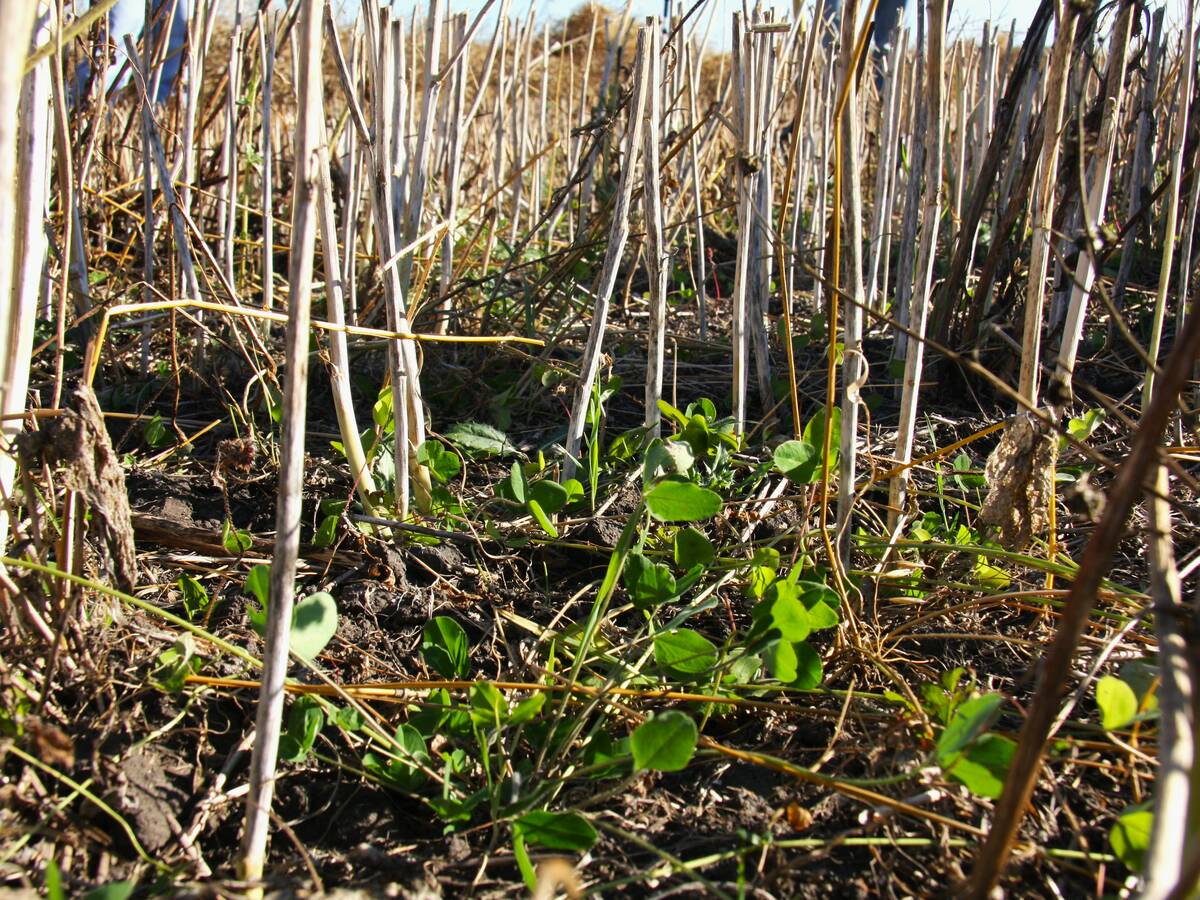Saskatchewan Agriculture has announced $7.7 million in funding for 46 crop-related research projects.
The announcement was made by Agriculture Minister Lyle Stewart during a luncheon at the sold-out CropSphere show in Saskatoon.
“We won’t know the results of these projects tomorrow but make no mistake, the work will have an impact,” he said.
The projects include creating a test for DON toxins resulting from fusarium infection in wheat, optimizing loss-sensing technology on combines and developing a pulse-based replacement for shortening.
“They illustrate just how diverse the 46 projects are,” said Stewart.
Read Also

Saskatchewan project sees intercrop, cover crop benefit
An Indigenous-led Living Lab has been researching regenerative techniques is encouraging producers to consider incorporating intercrops and cover crops with their rotations.
The money is part of the federal-provincial Growing Forward 2 program. The province’s Agriculture Development Fund advisory committee vetted the 46 projects.
The government funding leveraged another $3.7 million in industry funding from the Western Grains Research Foundation and crop commodity groups.
Pulse projects are the biggest beneficiary, receiving $2.4 million of the government money followed by oilseeds at $1.7 million and cereals at $1.6 million. Alternative crops and miscellaneous crop projects accounted for the rest.
“Among the funded projects are ones looking to address key priority areas for pulse growers such as weed control and pest management in pulse crops,” Carl Potts, executive director of Saskatchewan Pulse Growers, said in a news release.
The University of Saskatchewan was the top organizational recipient, receiving $3.7 million of the government money, followed by Agriculture Canada with $1.6 million and the National Research Council at $696,997. Seven other agencies also received money.
Stewart said the U of S’s Crop Development Centre is a shining example of how research benefits producers.
It has released more than 450 crop varieties since its inception. Ninety-six percent of the lentils grown in the province are CDC varieties.
He said a recent study shows that every dollar spent on research at the CDC returns $7 in benefits to Saskatchewan farmers. That return jumps to $29 for every dollar invested in lentil research.
“This is money well spent,” Stewart told reporters. “We’re insistent that we’re going to try and hold up our end in this, even in tough times. We know there’s a huge return to industry, and it keeps us competitive in world markets.”















